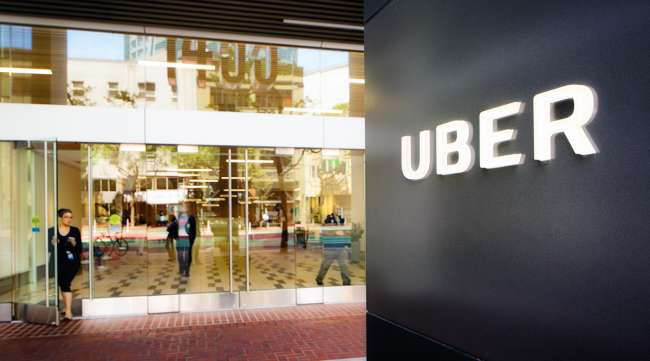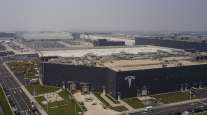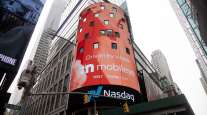Uber’s Self-Driving Software Reportedly Decided Not to React Before Fatal Collision

Uber believes its self-driving software that chooses how to react when it detects objects in the roadway is the cause behind a fatal collision between one of its vehicles and a pedestrian.
The Information cites two sources in the report and says that the sensors on Uber’s self-driving Volvo detected the woman crossing the street with a bicycle outside of a crosswalk but decided not to immediately act. The outlet reports that the sensors worked, but the failure to swiftly react was due to how it was tuned at the time of the crash.
This all stems from a March 18 crash in Tempe, Ariz., when a self-driving Uber struck and killed a woman who was crossing the street. Police initially said Uber was not at fault for the crash, but later released a video that showed its human backup driver distracted prior to the collision.
RELATED: Uber hires former NTSB chairman Christopher Hart as adviser in midst of crash inquiry
The death was the first involving an autonomous vehicle being tested on public roads.
The Information reports that the tuning on Uber’s self-driving Volvo went too far that day, and it didn’t react fast enough based on the way it was set up.
The woman killed in the collision has been identified by police as 49-year-old Elaine Herzberg. AZCentral reports the woman died from her injuries at a hospital. Tempe police Sgt. Ronald Elcock said that the pedestrian stepped into the street outside of the crosswalk and immediately was struck by the vehicle.
Since then, Uber has settled with the family of the victim and that the woman behind the wheel at the time of the collision still is employed by the company. It is still not clear what, if any, action was taken against the driver.
RELATED: Senate bill could clean up patchwork autonomous vehicle laws
Video released by the Tempe Police Department showed Uber’s human backup driver with their head down until the moment they realized the vehicle they were behind the wheel of was about to strike someone.
The video shows the moment directly leading up to the collision with views from the outside and inside of the self-driving Volvo.
In the aftermath of the incident, Uber suspended testing its self-driving cars on public roads.
Before coming to Arizona to test its autonomous technology, Uber ran into some issues with California’s Department of Motor Vehicles regarding its permits. The ride-hailing company said it didn’t think it needed to obtain permits, because they never had and didn’t feel like it was necessary to conduct its tests.
After the brush-up with California in 2016, Arizona Gov. Doug Ducey stepped in to get the company to test its vehicles in his state. Arizona only requires minimum liability insurance policies to operate self-driving cars and does not require the company to report crashes or testing information.
Distributed by Tribune Content Agency, LLC




